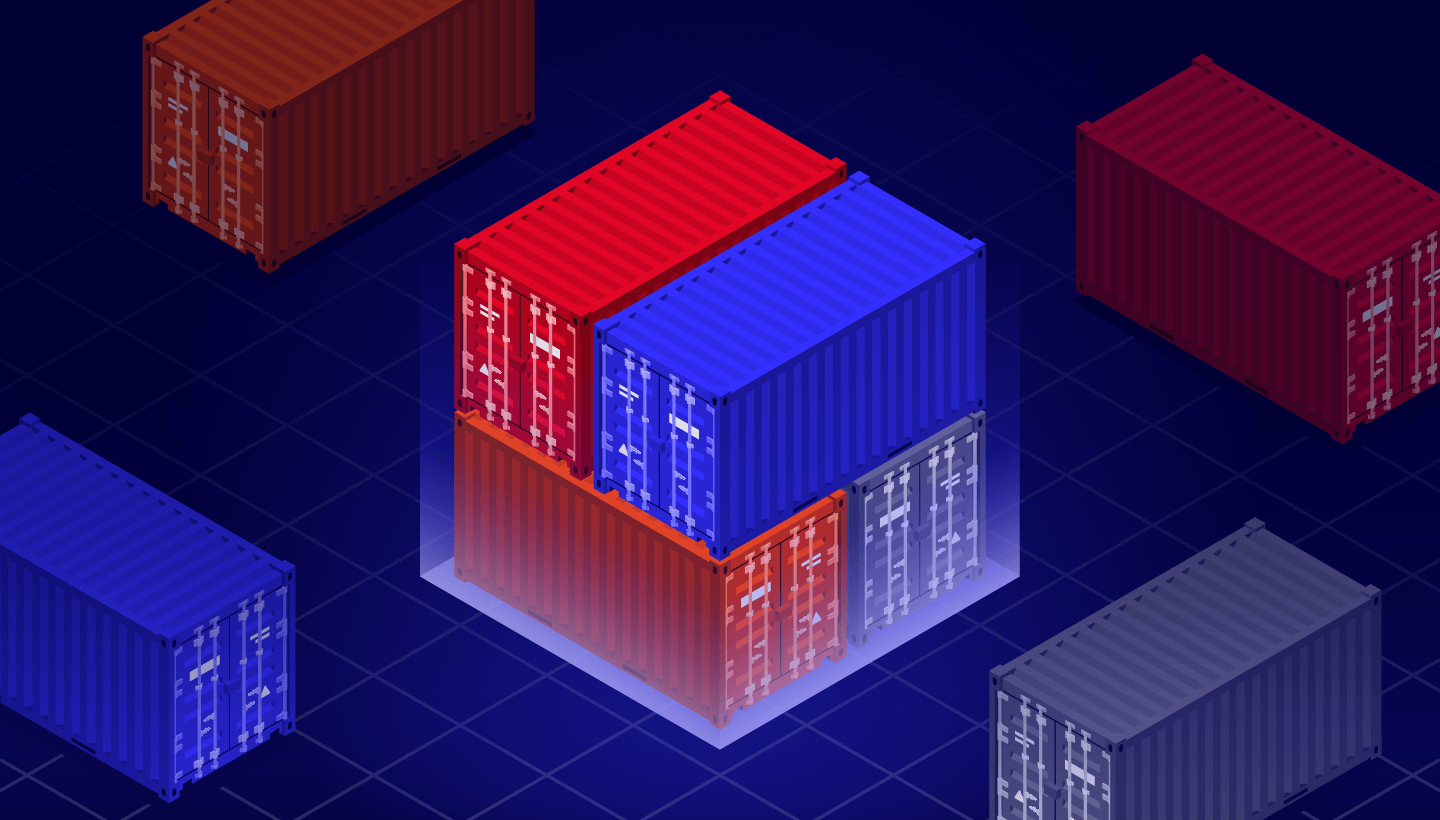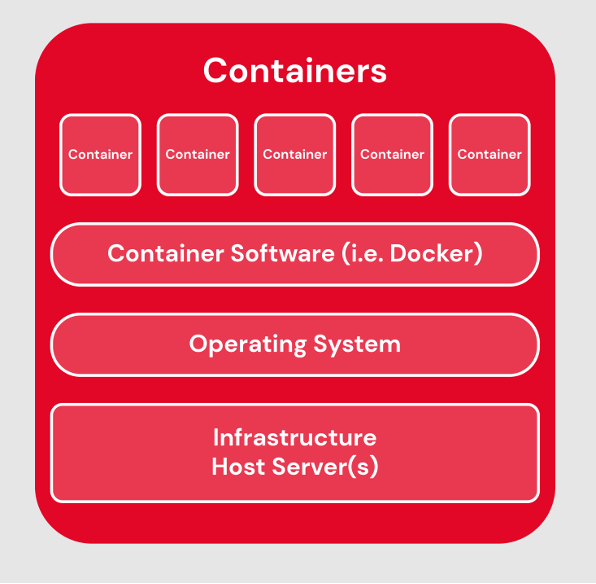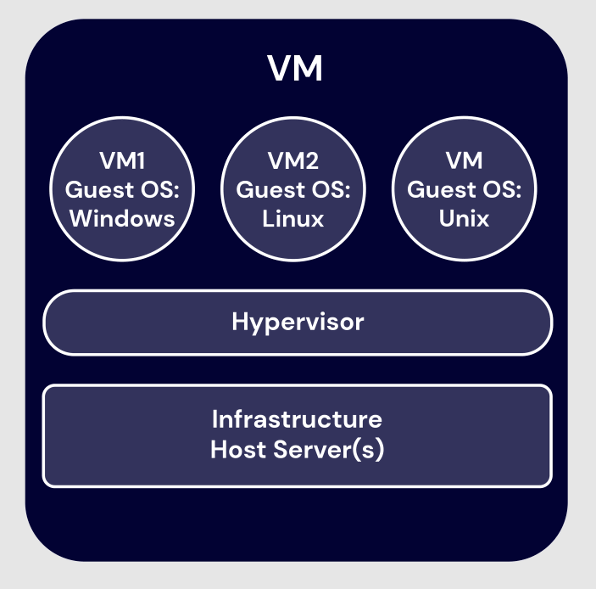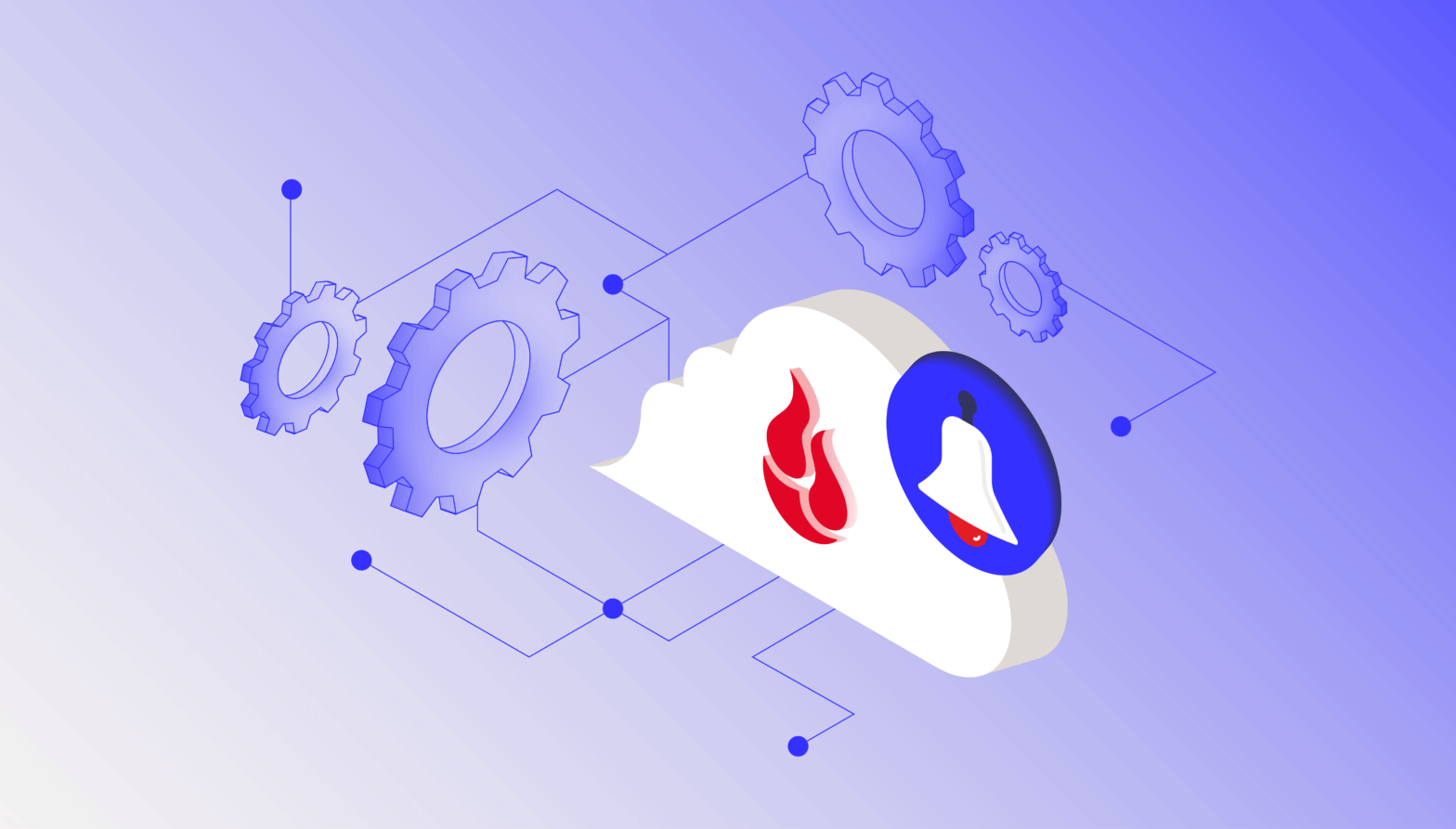
The use of containers for software deployment has emerged as a powerful method for packaging applications and their dependencies into single, portable units. Containers enable developers to create, deploy, and run applications consistently across various environments. However, as containerized applications grow in scale and complexity, efficiently deploying, managing, and terminating containers can become a challenging task.
The growing need for streamlined container management has led to the rise of container orchestration—an automated approach to deploying, scaling, and managing containerized applications. Because it simplifies the management of large-scale, dynamic container environments, container orchestration has become a crucial component in modern application development and deployment.
In this blog post, we’ll explore what container orchestration is, how it works, its benefits, and the leading tools that make it possible. Whether you are new to using containers or looking to optimize your existing strategy, this guide will provide insights that you can leverage for more efficient and scalable application deployment.
What are containers?
Before containers, developers often faced the “it works on my machine” problem, where an application would run perfectly on a developer’s computer but fail in other environments due to differences in operating systems (OS), dependencies, or configuration.
Containers solve this problem by packaging applications with all their dependencies into single, portable units, improving consistency across different environments. This greatly reduces the compatibility issues and simplifies the deployment process.
As a lightweight software package, containers include everything needed to run an application such as code, runtime environment, system tools, libraries, binaries, settings, and so on. They run on top of the host OS, sharing the same OS kernel, and can run anywhere—on a laptop, server, in the cloud, etc. On top of that, containers remain isolated from each other, making them more lightweight and efficient than virtual machines (VMs), which require a full OS for each instance. Check out our article to learn more about the difference between containers and VMs here.


Containers provide consistent environments, higher resource efficiency, faster startup times, and portability. They differ from VMs in that they share the host OS kernel. While VMs virtualize hardware for strong isolation, containers isolate at the process level. By solving the longstanding issues of environment consistency and resource efficiency, containers have become an essential tool in modern application development.
What is container orchestration?
As container adoption has grown, developers have encountered new challenges that highlight the need for container orchestration. While containers simplify application deployment by ensuring consistency across environments, managing containers at scale introduces complexities that manual processes can’t handle efficiently, such as:
- Scalability: In a production environment, applications often require hundreds or thousands of containers running simultaneously. Manually managing such a large number of containers becomes impractical and error-prone.
- Resource management: Efficiently utilizing resources across multiple containers is critical. Manual resource allocation leads to underutilization or overloading of hardware, negatively impacting performance and cost-effectiveness.
- Container failure management: In dynamic environments, containers can fail or become unresponsive. Developers need a way to create a self-healing environment, in which failed containers are automatically detected, then recover without manual intervention to ensure high availability and reliability.
- Rolling updates: Deploying updates to applications without downtime and the ability to quickly roll back in case of issues are crucial for maintaining service continuity. Manual updates can be risky and cumbersome.
Container orchestration automates the deployment, scaling, and management of containers, addressing the complexities that arise in large-scale, dynamic application environments. It ensures that applications run smoothly and efficiently, enabling developers to focus on building features rather than managing infrastructure. Container orchestration tools provide various features such as automated scheduling, self-healing, load balancing, and resource optimization to deploy and manage applications more effectively to ensure reliability, performance, and scalability.
What are the benefits of container orchestration?
Container orchestration offers many different advantages that streamline the deployment and management of containerized applications. We’ve touched on a few of them, but here’s a concise list:
- Improved resource utilization: Orchestration tools can efficiently pack containers onto hosts, maximizing hardware usage.
- Enhanced scalability: Easily scale applications up or down to meet changing demands.
- Increased reliability: Automatic health checks and container replacement ensure high availability.
- Simplified management: Centralized control and automation reduce the complexity of managing large-scale containerized applications.
- Faster deployments: Orchestrators enable rapid and consistent deployments across different environments.
- Cost efficiency: Better resource utilization and automation, leading to cost savings.
How does container orchestration work?
Now that we understand what container orchestration is, let’s take a look at how container orchestration works using the example of Kubernetes, one of the most popular container orchestration platforms.

In the above diagram, we see an example of container orchestration in action. The system is divided into two main sections: the control plane and the worker nodes.
Control plane
The control plane is the brain of the container orchestration system. It manages the entire system, ensuring that the desired state of the applications is maintained. Key components of the control plane include:
- Configuration store (etcd): A distributed key-value store that holds all the cluster data, such as the configuration and state information. Think of it as a central database for the cluster.
- API server: The front-end of the control plane, exposing the orchestration API. It handles all the communication within the cluster and with external clients.
- Scheduler: Assigns workloads to nodes based on resource availability and scheduling policies, ensuring efficient resource utilization.
- Controller manager: Runs various controllers that handle routine tasks to maintain the cluster’s desired state.
- Cloud control manager: Interacts with cloud provider APIs to manage cloud specific resources, integrating the cluster with cloud infrastructure.
Worker nodes
Worker nodes, virtual machines, and bare metal servers are all common options for where to run application workloads. Each worker node has the following components:
- Node agent (kubelet): An agent that ensures the containers are running as expected. It communicates with the control plane to receive instructions and report back on the status of the nodes.
- Network proxy (kube-proxy): Maintains network rules on each node, facilitating communication between containers and services within the cluster.
Within the worker nodes, pods are the smallest deployable units. Each pod can contain one or more containers that run the application and its dependencies. The diagram shows multiple pods within the worker nodes, indicating how applications are deployed and managed.
The cloud provider API directs how the orchestration system dynamically interacts with cloud infrastructure to provision resources as needed, making it a flexible and powerful tool for managing containerized applications across various environments.
Popular container orchestration tools
Several container orchestration tools have emerged as the leaders in the industry, each offering unique features and capabilities. Here are some of the most popular tools:
Kubernetes
Kubernetes, often referred to as K8s, is an open-source container orchestration platform initially developed by Google. It has become the industry standard for managing containerized applications at scale. K8s is ideal for handling complex, multi-container applications, making it suitable for large-scale microservices architectures and multi-cloud deployments. Its strong community support and flexibility with various container runtimes contribute to its widespread adoption.
Docker Swarm
Docker Swarm is Docker’s native container orchestration tool, providing a simpler alternative to Kubernetes. It integrates seamlessly with Docker containers, making it a natural choice for teams already using Docker. Known for its ease of setup and use, Docker Swarm allows quick scaling of services with straightforward commands, making it ideal for small to medium-sized applications and rapid development cycles.
Amazon Elastic Container Service (ECS)
Amazon ECS (Elastic Container Service) is a fully managed container orchestration service provided by AWS, designed to simplify running containerized applications. ECS integrates deeply with AWS services for networking, security, and monitoring. ECS leverages the extensive range of AWS services, making it a straightforward orchestration solution for enterprises using AWS infrastructure.
Red Hat OpenShift
Red Hat OpenShift is an enterprise-grade Kubernetes container orchestration platform that extends Kubernetes with additional tools for developers and operations, integrated security, and lifecycle management. OpenShift supports multiple cloud and on-premise environments, providing a consistent foundation for building and scaling containerized applications.
Google Kubernetes Engine (GKE)
Google Kubernetes Engine (GKE) is a managed Kubernetes service offered by Google Cloud Platform (GCP). It provides a scalable environment for deploying, managing, and scaling containerized applications using Kubernetes. GKE simplifies cluster management with automated upgrades, monitoring, and scalability features. Its deep integration with GCP services and Google’s expertise in running Kubernetes at scale make GKE an attractive option for complex application architectures.
Embracing the future of application deployment
Container orchestration has undoubtedly revolutionized the way we deploy, manage, and scale applications in today’s complex and dynamic software environments. By automating critical tasks such as scheduling, scaling, load balancing, and health monitoring, container orchestration enables organizations to achieve greater efficiency, reliability, and scalability in their application deployments.
The choice of orchestration platform should be carefully considered based on your specific needs, team expertise and long term goals. It is not just a technical solution but a strategic enabler, providing you with significant advantages in your development and operational workflows.





